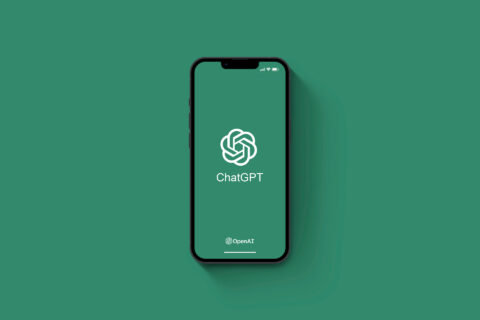When you think of advertising, machines and automation aren’t likely the first things that come to mind. However, technology has rapidly disrupted the advertising industry. This has implications not only for agencies and marketers that buy media, but also for business.
As Digiday explains, “‘Programmatic’ ad buying typically refers to the use of software to purchase digital advertising, as opposed to the traditional process that involves RFPs, human negotiations and manual insertion orders. It’s using machines to buy ads, basically.” As AdAge report, “Through programmatic technologies, advertisers can buy ads the way they pick up something on Amazon or bid on eBay.”
Programmatic potential
The buy and sell side of advertising has become more efficient. Data-based, highly targeted, automatic ad buys and placements are the current big thing. “This year, programmatic will account for 63 percent of display ad spending, and by the end of 2017, sales are expected to increase to $32 billion,” according to AdWeek. “By 2020, programmatic could account for 85 percent of targeted banners and 67 percent of streaming video ads.”
Yet programmatic is not free of hassle or a downside. Arguably, we haven’t tapped into the full potential of programmatic and advertising technology.

Marketers and advertisers still face key challenges on the implementation side. Meanwhile, there’s a lack of clarity regarding the context of consumer buying intent and purchase needs.
An in-house survey conducted by MobiVisits, revealed the key challenges advertisers face when considering programmatic in their marketing mix. Here’s a look at 3 common challenges that were noted.
-
Transfer of knowledge
While 91 % marketers believe in the power of real-time data, reports and analysis associated with programmatic, a majority of them find it difficult to share the knowledge and insight at an organizational level. Programmatic is complex and many buyers are unaware of the platforms and available resources. As a result, the power of programmatic is wielded by a select few.
-
Transparency, fraud, and viewability
Association of National Advertisers (ANA) research predicted that advertisers lost an est. $7.2bn to bot fraud in 2016; billions wasted on fraudulent traffic and click fraud. Programmatic advertisers simply don’t have the desired level of clarity about ad placement. Overcoming these issues are key concerns marketers.
-
Lack of strategic planning
Programmatic direct, open RTB, PMPs, and automated advertising offer versatile ad inventory buy and sell options. Yet too many options often result in confusion. Many advertisers find it hard to choose the right platform that meets business objectives and budget.
The problem with programmatic
Gaurav Soni, the Head of Ad Performance at MobiVisits, admits programmatic is complex, but there are tips and techniques that drive results. Here are a few that Soni recommends:
-
Clarity of purpose
The campaign objective must be aligned with the business objective. An advertiser must have a strategic plan when it comes to targeting, traffic, budget and the ultimate goal of programmatic advertising. Jeff Smith’s county Chevrolet, a small-town dealership, used the power of digital advertising and boosted new car sales by 50%; that is a perfect example of how a marketer must merge advertising objectives with business goals.
-
Data intelligence
Machine learning, third-party data, and predictive analysis are some of the advancements that marketers can use to effectively target consumers. Decisions based on data are less risky and more reliable.
-
Metric accountability
Optimize, customize and monitor your programmatic campaigns. What worked great for one campaign could be fatal for another. It’s important to experiment, test and retest, optimize and monitor results using real-time reports.
This article has been edited.
Neelam Birthare is a Content Marketer at MobiVisits, a programmatic mobile advertising platform.1 She is exposed to varied facets of digital marketing, mobile ad technology, and the latest trends that change the way modern marketers advertise. In her free time, she likes to read and write on topics related to programmatic, RTB, branding, and mobile advertising. Connect with @mobivisitsdsp on Twitter.
© YFS Magazine. All Rights Reserved. Copying prohibited. All material is protected by U.S. and international copyright laws. Unauthorized reproduction or distribution of this material is prohibited. Sharing of this material under Attribution-NonCommercial-NoDerivatives 4.0 International terms, listed here, is permitted.













